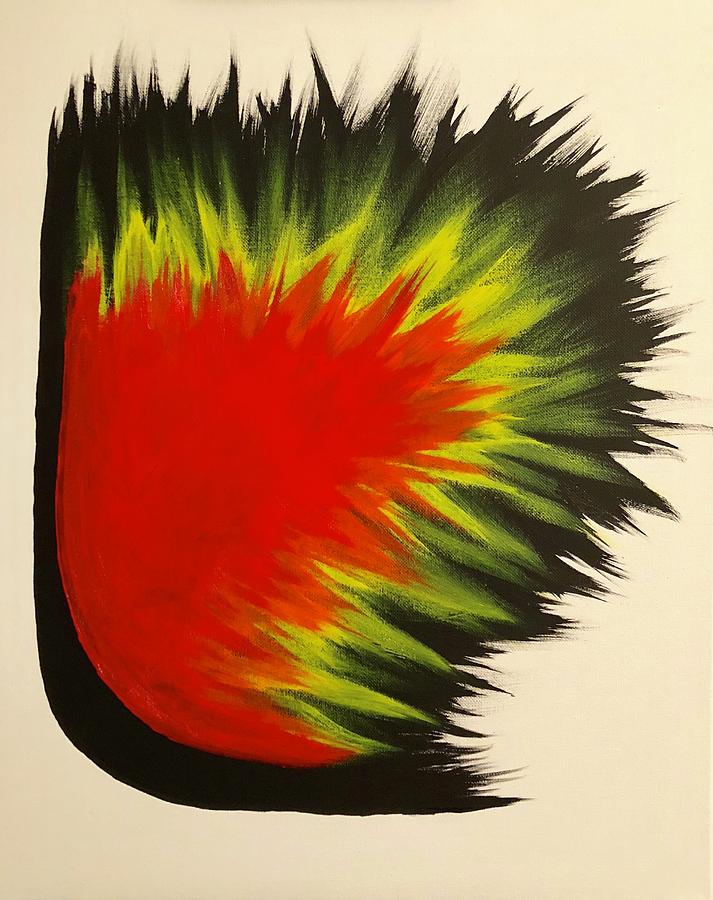

Ideas: sensuousness as a refuge for people during the demise of the humankindīackground: Picasso and Marie-Thérèse Walter were involved in long and emotional relationships. Method of construction and dimensions: Support: 1299 x 972 mm frame: 1414 x 1081 x 83 mm It addresses the significance of an individual, making a powerful statement about the role of people in society.Įxhibition: Members’ private views: Picasso & Modern British Art nurture, environmentalismĬontext: the increased pace of urbanizationīackground: Doig’s move to industrial London from the Canadian countrysideĮmotionally fuelled and rich in metaphors, the painting represents the dual nature of a human being, as Manchester claims in her article.9ĭoig’s painting is shot through with existentialism. Method of construction and dimensions: 2305 x 3605 x 50 mm The use of a well-known image does make the main message somewhat contrived due to the rich context and an aggressive, defiant shape. Walker uses the “Mamma” trope7 from Gone with the Wind, which some people may find racially insensitive according to Loichot.8 Philosophies: philosophy of race political philosophy Ideas: racial segregation an homage to the factory workersĬontext: The racial stereotype of a “Mammy”īackground: The exhibit was created in the Domino Sugar Factory

Method of construction and dimensions: perspective transformation

The seeming simplicity of the elements of artworks creates the impression of chaotic puzzle pieces falling together. The outstanding use of color and bizarre shapes allows the artworks to attract an audience even decades later. Method of construction and dimensions: cut-outsīackground: Matisse’s torturous experience of abdominal cancer consequently, the artist envisioned the world as collapsing and helpless.6 On the one hand, the reconciliation with nature that the artist offers is rather gratifying on the other hand, the shapes of the animals, nearly unrealistic, often painted upside down, do not invite the audience to reconcile with nature. However, the impressions concerning the art are still rather mixed. The satire that Marzouk chooses allows driving attention to the issue without being too preachy. Marzouk’s approach towards parodying the conflict between people and nature has a controversial edge.4,5 Ideas: return to nature, the passion withinīackground: the theory of hybridized future, as the author herself defines it.3 We argue that statistical regularities in art are rooted in the need to make art visible to the eye, not in the inherent aesthetic value of natural-scene statistics, and we suggest that variability in spatial statistics may be generally imposed by manufacture.Method of construction and dimensions: pictures, audio elements, and a projected 3-D animated film. Although artists deviate slightly from reproducing natural statistics in abstract art (compared to representational art), the great majority of human art likely shares basic statistical limitations.
#Intensity in art full
A test of the full painting collection (140 images) with respect to the works' place of origin (provenance) showed significant differences between Eastern works and Western ones, differences which we find are likely related to the materials and the choice of background color. All categories showed basic spatial statistical regularities similar to those typical of natural scenes. Basic statistics for images whose caterogization was agreed by all judges showed no significant differences between those judged to be 'landscape' and 'portrait/still-life', but these two classes differed from paintings judged to be 'abstract'. But does the content or region of origin of an artwork affect its statistical properties? We addressed this question by having judges place paintings from a large, diverse collection of paintings into one of three subject-matter categories using a forced-choice paradigm. Two recent studies suggest that natural scenes and paintings show similar statistical properties.


 0 kommentar(er)
0 kommentar(er)
